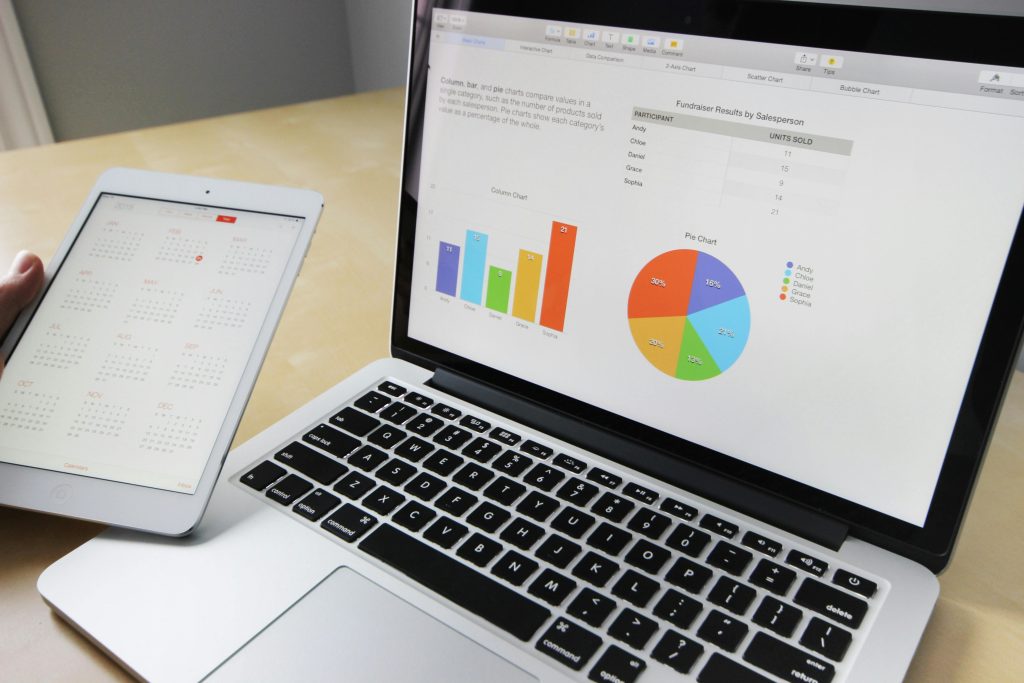Managing money has always been a balancing act for households, but modern families face new challenges. Rising childcare expenses, unpredictable housing markets, and student loan obligations often collide with the need to save for emergencies and retirement. Traditional approaches like spreadsheets and static budgeting apps can feel outdated when financial situations shift rapidly.
This is where financial insights for modern families are being redefined by AI-driven tools. From automated budgeting assistants to predictive saving platforms, artificial intelligence is changing the way families understand, track, and plan their finances. Instead of just looking backward at where money went, these tools help families anticipate future expenses, manage risks, and build healthier long-term habits.

Why Modern Families Need Smarter Financial Insights
Families today juggle multiple financial goals at once:
- Paying down student debt while saving for a child’s education
- Covering mortgage or rent costs while building retirement funds
- Managing rising healthcare expenses
- Creating emergency savings for economic uncertainty
A 2024 report from Pew Research Center highlighted that nearly 70% of American families feel financially strained despite stable employment, citing inflation and unpredictable costs as major factors. Traditional budgeting tools can help track spending, but they rarely offer predictive insights or personalized recommendations.
AI-based platforms are filling this gap by analyzing income, expenses, and behavior patterns to offer real-time solutions. For modern families, this means moving beyond static numbers toward adaptive financial strategies.
How AI Is Changing Household Financial Planning
Artificial intelligence is reshaping financial tools in several key ways:
1. Personalized Budgeting
Unlike generic budgeting templates, AI platforms learn from a family’s unique spending habits. For example, if grocery expenses rise during school months or utility bills spike in winter, AI tools can adjust monthly projections automatically. Apps like Cleo and YNAB (You Need a Budget) are already integrating machine learning to provide smarter recommendations.
2. Predictive Expense Forecasting
AI doesn’t just look at past data—it predicts future needs. A family planning for daycare can see how costs will evolve over three years. Predictive tools can also model “what-if” scenarios, such as the financial impact of switching from renting to home ownership.
3. Automated Savings Goals
AI tools can round up purchases, reallocate unused funds at the end of the month, and suggest optimal saving targets. Some platforms even adjust contributions dynamically based on upcoming expenses, ensuring families don’t overcommit when cash flow is tight.
4. Debt Repayment Optimization
For households managing multiple debts—student loans, credit cards, or mortgages—AI systems prioritize repayment schedules to minimize interest. Apps like Tally use algorithms to automate payments and reduce long-term costs.
5. Financial Literacy Support
Modern families don’t just need numbers; they need understanding. Many AI tools now explain financial decisions in plain language. Instead of a chart showing rising costs, families receive actionable insights such as: “Cutting dining out by $150 per month will help you reach your vacation fund goal two months earlier.”
Real-World Example: Smart Tools in Action
Take the example of a two-parent household with two children, living in a city where housing costs consume nearly 40% of income. By connecting bank accounts to an AI-driven budgeting platform, the family receives alerts like:
- “Spending on groceries is trending 15% higher than usual this month—consider setting a cap.”
- “If you contribute $50 more per week to your emergency fund, you’ll reach your six-month cushion by April 2026.”
- “Upcoming school expenses in September will reduce available cash flow—adjust discretionary spending in July and August.”
This type of proactive insight empowers families to adjust before financial stress occurs.
Benefits of AI-Driven Financial Insights for Modern Families
The rise of AI in personal finance offers unique advantages:
- Clarity in complex decisions: AI can break down overwhelming financial choices into manageable steps.
- Time savings: Automated tracking eliminates the need for manual spreadsheets.
- Behavioral nudges: Small reminders encourage better financial habits without feeling intrusive.
- Customizable strategies: Tools adapt to family priorities, whether that’s saving for education, reducing debt, or planning vacations.
- Future-proofing: By forecasting costs, families can prepare for life changes like childcare, homeownership, or retirement.
Challenges and Considerations
Of course, AI in family finance is not without limitations:
- Data privacy: Families must weigh the risks of sharing sensitive financial information with third-party platforms.
- Over-reliance on automation: AI tools are powerful, but families still need financial literacy to make informed decisions.
- Subscription costs: Some advanced tools charge monthly fees, which can add up for households already stretched thin.
- Accuracy limits: AI predictions are based on trends, which means sudden emergencies or economic shocks can still throw off forecasts.
To balance benefits with risks, families should choose platforms with strong security measures, transparent algorithms, and educational features that build confidence.
Practical Guide: Getting Started with AI Financial Tools
For families curious about integrating AI into their financial planning, here’s a step-by-step guide:
- Identify Pain Points
- Do you struggle with overspending?
- Need help managing debt?
- Want to build long-term savings?
- Research Tools
- For budgeting: Cleo, YNAB, PocketGuard
- For debt management: Tally, Undebt.it
- For savings: Digit, Qapital
- Start Small
Connect one account first to test accuracy and usability before linking all financial sources. - Set Clear Goals
Whether it’s saving $5,000 for an emergency fund or paying off a credit card, clarity helps AI tools provide better insights. - Review and Adjust
Schedule monthly check-ins to ensure the AI’s recommendations align with real-life changes.
Looking Ahead: The Future of Family Finance
Experts predict that by 2030, AI-driven platforms will become the default tool for household money management. McKinsey forecasts that AI could automate up to 25% of consumer financial decision-making, freeing families from manual calculations.
Beyond budgeting, we can expect integration with wearable devices, offering real-time financial nudges based on lifestyle choices. Imagine receiving a suggestion on your smartwatch that says: “Cutting back one coffee per day saves $1,000 annually—redirect it to your child’s education fund.”
The trend is clear: families who adopt AI early may gain a long-term advantage in building financial stability.
Conclusion
For today’s households, money management is no longer just about recording transactions—it’s about anticipating and adapting to change. By leveraging AI-powered platforms, families can transform the way they view their financial future.
Financial insights for modern families are shifting from static spreadsheets to dynamic, predictive, and personalized guidance. While challenges remain, the opportunities to reduce stress, optimize resources, and plan confidently for the future make AI an increasingly valuable partner in family financial planning.
References:
- Pew Research Center. (2023). Americans’ Financial Outlook: Rising Costs and the Strain on Families. Retrieved from: https://www.pewresearch.org
- Federal Reserve. (2023). Report on the Economic Well-Being of U.S. Households in 2022 – May 2023. Retrieved from: https://www.federalreserve.gov
- The New York Times. (2024). Rising Childcare Costs Put Pressure on Family Budgets. Retrieved from: https://www.nytimes.com









